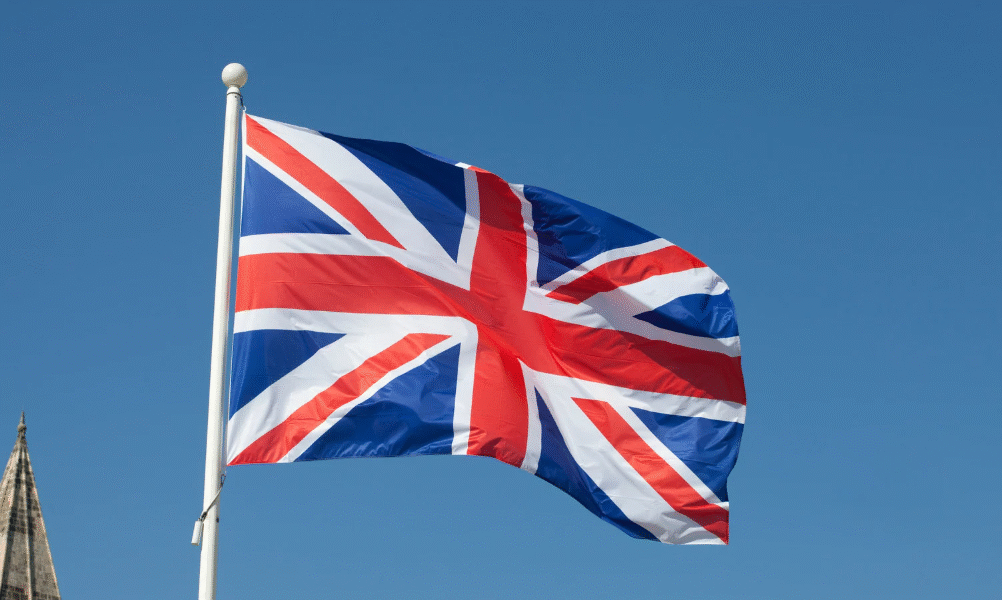Franchising has become a widely accepted business model in the UK, offering individuals the chance to run their own business under the guidance and support of an established system. While franchising may seem like a modern concept, its roots stretch back many decades. The growth of franchising in the UK has followed a steady path, shaped by changes in the economy, consumer behaviour, and business culture. Understanding the history of franchising helps explain its strong presence in today’s business environment.
Early Development
The concept of franchising first began to appear in the UK in the early to mid-20th century. It started with simple arrangements where business owners granted others the right to distribute products or services under their name. These early forms of franchising were often informal and focused more on distribution than on full business operations.
As the idea of franchising gained interest, more structured agreements began to emerge. These included detailed contracts outlining the rights and responsibilities of both parties. The franchisee would typically pay an initial fee and ongoing payments in exchange for using the franchisor’s systems, brand identity, and support.
Growth in the Late 20th Century
Franchising in the UK began to grow more rapidly from the 1970s onwards. This period saw a rise in interest from both entrepreneurs and established businesses looking to expand. The franchise model appealed to individuals who wanted to run a business with the backing of proven methods, while it gave franchisors a way to grow their brand without managing every location directly.
As the model matured, systems and standards were introduced to help ensure consistency and fairness. Legal frameworks developed around franchise agreements, and best practices were established to protect both franchisors and franchisees. Support services such as training, marketing assistance, and operations manuals became standard features of franchise packages.
Mainstream Acceptance
By the 1990s and early 2000s, franchising had become a recognised and trusted business model in the UK. More people began to see it as a secure path to business ownership, especially those who wanted guidance and structure. It also became a way for larger companies to expand regionally and nationally without significant capital investment.
Franchising was increasingly seen in a wide variety of sectors beyond retail or food. These included services, education, fitness, property, and health-related industries. As the range of franchise opportunities grew, so did the number of people entering the market.
Modern Landscape
Today, franchising is a major contributor to the UK economy. It provides opportunities for business ownership while allowing companies to scale their presence efficiently. The structure of modern franchise agreements is highly developed, offering protections and clear expectations for both franchisor and franchisee.
Technology has also influenced how franchises operate. Training, communication, and operations have become more streamlined, and marketing is often supported through digital platforms. These advancements have allowed franchise networks to remain consistent while adapting to customer expectations and market trends.
Franchising in the UK continues to evolve, shaped by changes in regulation, business innovation, and the overall economy. It remains a popular model because it offers a balance between independence and support.
Conclusion
The history of franchising in the UK shows how a simple business concept grew into a widely respected and widely used model. From informal beginnings to a structured and mature industry, franchising has helped thousands of individuals enter business ownership while supporting the expansion of many business systems. Its development reflects broader shifts in how people view entrepreneurship, risk, and growth. As it continues to adapt, franchising is set to remain a central part of the UK’s business landscape for years to come.

